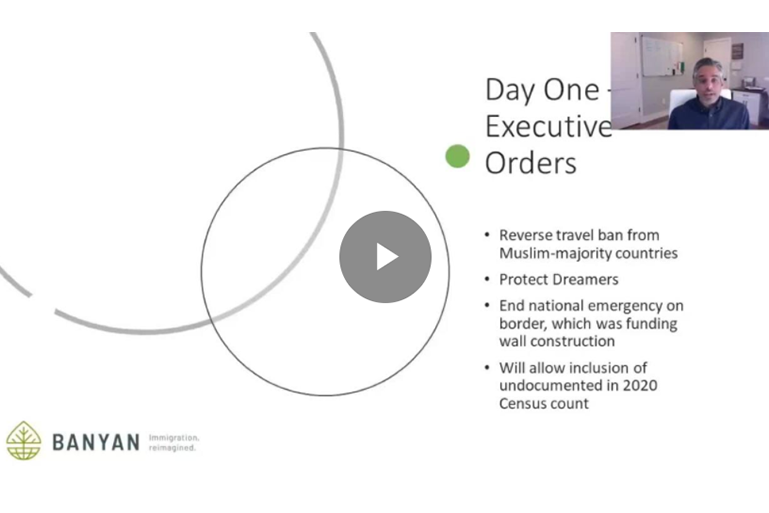Liquidity management in funds, as a regulatory requirement, has long been a familiar consideration for investment managers. But now, new guidelines in this area demand additional attention.
The European Securities and Markets Authority (ESMA) recently unveiled its Guidelines on liquidity stress testing (LST) in AIFs and UCITS. which came into effect on 30 September, 2020. As a key component of the new guidelines, all aspects of liquidity management in an LST policy must now be documented. This documentation will form the basis for required verification by the depositary. We’ll explore what this means in greater detail below.
Background: heightened scrutiny by European regulators
Liquidity management has become an area of renewed focus for regulators across Europe in recent years. In April 2018, the European Systemic Risk Board (ESRB) issued Recommendations on liquidity and leverage risks in investment funds. These recommendations were driven primarily by concerns over the increasing roll of funds in a low interest environment. Regulators worried that the increase could amplify the negative impact of mismatches between the liquidity of fund assets and their redemption profiles.
The ESRB recommendations prompted ESMA to publish guidance, which it did in September 2019, for managers to follow to stress test liquidity risk for individual AIFs and UCITS. The goal was threefold:
- Clarify the existing requirements for managers, depositaries and national regulators under the UCITS directive and AIFMD
- Increase the standard, consistency and frequency (where necessary) of LST undertaken
- Promote convergent supervision of LST by national regulators
Continuing focus by the Central Bank of Ireland
The importance of liquidity management to regulators in Europe increased after a prominent flagship fund in the U.K. dissolved in June 2019. This event prompted the Central Bank of Ireland (CBI) to remind the industry in August 2019 of “the importance of ongoing, effective liquidity management and … compliance.” Then amid Covid-19 market uncertainty, CBI issued managers yet another reminder in April 2020.
What do the guidelines do?
The guidelines were intended to increase the consistency of supervision and compliance with UCITS and AIFMD requirements. This means regulators view them more as a starting point than a substantial change. What’s different, though, is that there’s now a uniform, principles-based approach to LST analysis and documentation – with flexibility for managers to accommodate a fund’s specific characteristics. For greater clarity, ESMA helpfully expanded on each guideline with paragraphs of supplementary information, relevant insights and explanatory considerations.
Key challenge: investor data availability
The low availability of data on underlying investors presents a key challenge to the performance of LST on redemption. To acknowledge this issue, the guidelines set the following expectations for managers:
- Monitor historical outflows (average and trends over time)
- Average peer fund redemptions and information from any distribution network regarding forecast redemptions
- Model or simulate investor behaviour against a range of factors (i.e., investor category, concentration, location and strategy)
Faced with the complexity of these expectations, more managers see the benefit of partnering with a data-rich fund administrator that can provide guidance and solutions for the many challenges.
The “new” LST policy and role of the depositary
Although managers should already have LST process documentation in place, the guidelines now specify certain minimum content parameters. The guidelines also require an LST policy, which forms part of the UCITS or AIF risk management policy (RMP). Managers must review and update existing LST policies to ensure that any requests from the regulators or the depositary who is tasked with verifying process documentation can be met.
A lack of consistency in RMP reviews across the EU led to a need for clarification on the role of the depositary. The guidelines now explicitly state that the depositary isn’t required to assess, replicate or challenge a manager’s LST. Rather, the depositary’s role is to check that the LST policy is in place.
What’s next?
The focus on liquidity management isn’t going away any time soon. High profile fund crashes, market uncertainty and the rising importance of funds will continue to keep this topic relevant for the foreseeable future.
The new guidelines represent the most recent layer of regulatory expectation, but if they don’t produce the desired effect, regulators could roll out even more prescriptive measures. By taking every effort to stay within compliance, managers can reap immediate benefits and help support a stronger future for the entire industry.
Learn more about our depositary services offering and other European fund administration solutions.


































































